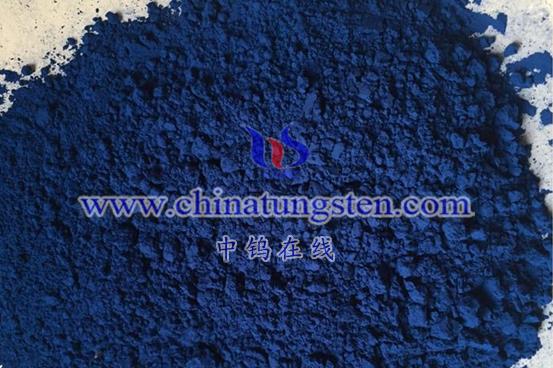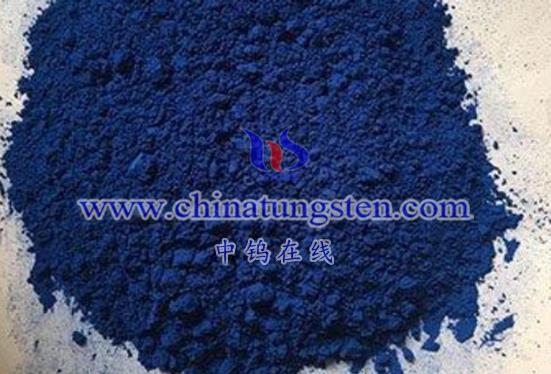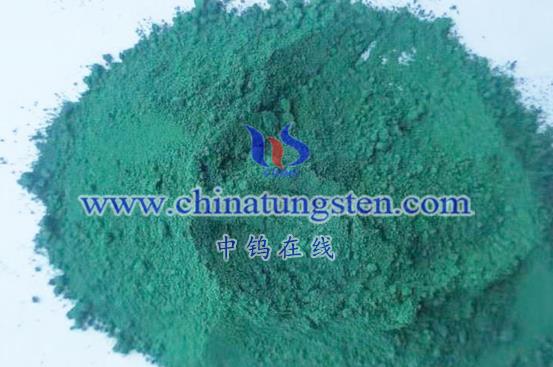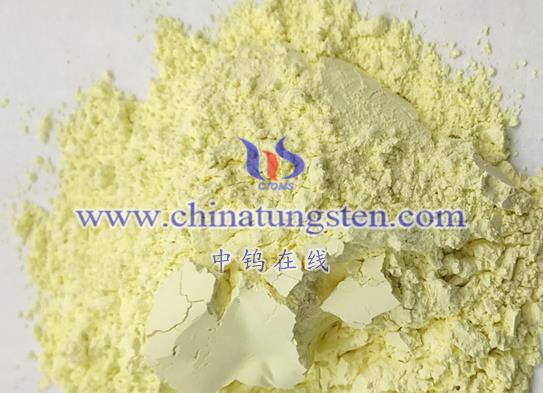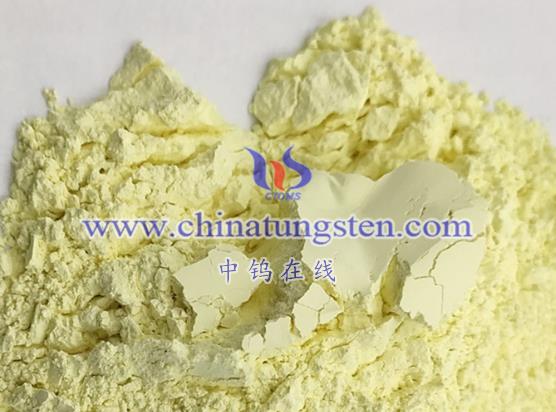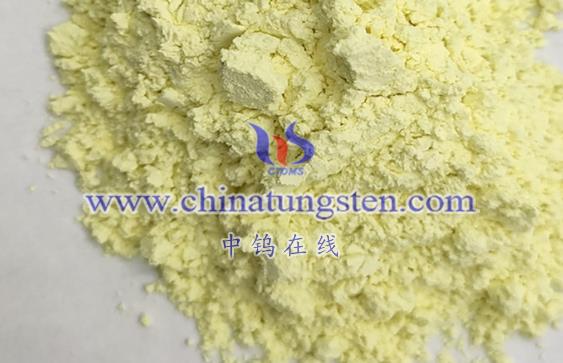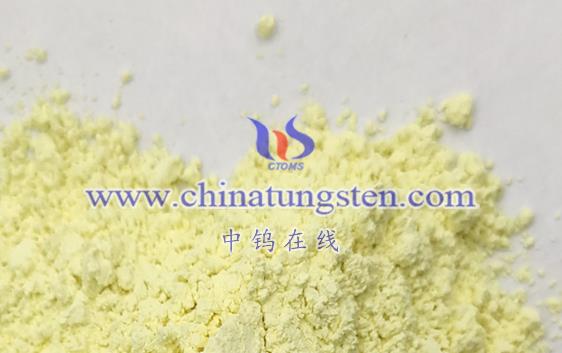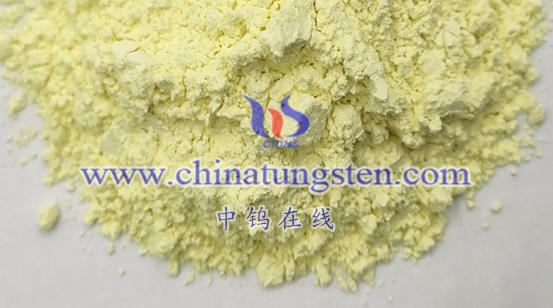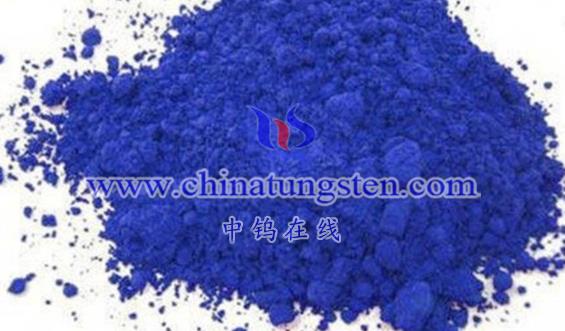
The toxicity of nano tungsten oxide (WO3) is a complex issue influenced by various factors. Here’s a detailed analysis of its toxicity:
- Overview of Nano Tungsten Oxide Toxicity
The toxicity of nano tungsten oxide is closely related to factors such as particle size, shape, surface properties, dosage, and exposure duration. High doses of nano tungsten oxide can induce cell death, DNA damage, and oxidative stress, leading to impaired cell function. Additionally, it may cause damage and inflammatory responses in organs such as the lungs, cardiovascular system, and central nervous system due to its oxidative effects. However, low doses may be harmless or even have potential medical applications.
- Specific Toxicity Manifestations of Nano Tungsten Oxide
- Cytotoxicity: High doses can induce cell death, likely due to interactions between nanoparticles and cellular membranes or internal structures. It can also cause DNA damage, increasing the risk of genetic mutations and chromosomal abnormalities.
- Oxidative Stress: Nano tungsten oxide can trigger oxidative stress responses in the body, producing a large amount of reactive oxygen species (ROS) that attack biomolecules, leading to cellular and tissue damage.
- Organ Toxicity:
- Lungs: Particles can enter the lungs via the respiratory tract, causing inflammation and fibrosis.
- Cardiovascular System: It may enter the heart and blood vessels through circulation, leading to dysfunction in the cardiovascular system.
- Central Nervous System: Particles can potentially penetrate the blood-brain barrier, causing damage to the central nervous system.
- Factors Influencing the Toxicity of Nano Tungsten Oxide
- Particle Size and Shape: Smaller and irregularly shaped particles are more likely to penetrate cell membranes and tissue barriers, leading to higher toxicity.
- Surface Properties: Surface characteristics (such as charge and hydrophobicity) can also affect toxicity. For example, positively charged nanoparticles are more likely to bind to cell membranes, increasing their toxicity.
- Dosage and Exposure Duration: The toxicity of nano tungsten oxide varies with dosage and exposure time. Higher doses and prolonged exposure increase toxicity.
- Controversies and Uncertainties in Toxicity Research
There is considerable debate and uncertainty regarding the toxicity of nano tungsten oxide, primarily due to variability in research results influenced by factors such as experimental conditions, animal models, and exposure methods. Additionally, differences in the source and preparation methods of nano tungsten oxide can lead to variations in toxicity.
- Safety Recommendations for Using Nano Tungsten Oxide
To mitigate the risks associated with nano tungsten oxide toxicity, here are some safety recommendations:
- Implement Protective Measures: Avoid exposure to high concentrations of nano tungsten oxide particles by using dust control equipment, respiratory protection, and personal protective equipment.
- Control Dosage and Exposure Duration: Strictly manage dosage and exposure time during use to avoid high doses and prolonged exposure.
- Choose Safe Preparation and Usage Methods: Opt for green and safe preparation methods and adhere to safety protocols during usage.
The toxicity of nano tungsten oxide is a complex issue that requires careful consideration of various factors. When exploring its applications, attention to safety and appropriate measures should be taken to ensure safe usage.
More details of tungsten oxide product, please visit website: tungsten-oxide.com
Please contact CHINATUNGSTEN for inquiry and order of tungsten oxide:
Email: sales@chinatungsten.com
Tel.: 86 592 5129595
